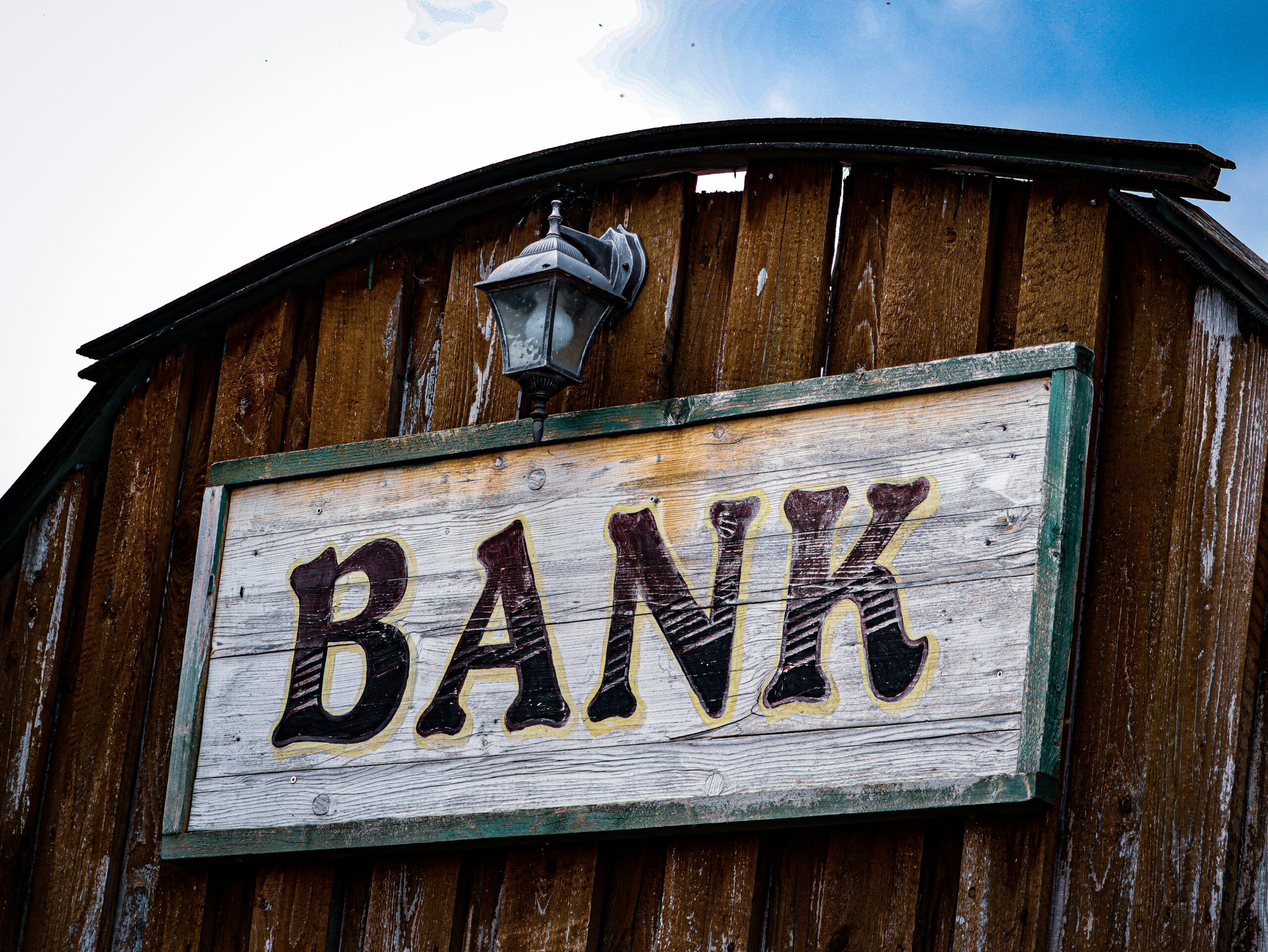Sustainability has emerged as a major issue for authorities, businesses, and individuals in the past few years. The problem is the same whether the goal is to promote green power, ensure fair trade, or lower carbon emissions: How can we transparently and reliably measure and verify responsible actions? Let’s introduce blockchain, a technology that was first created for cryptocurrencies but is currently being creatively applied to help achieve sustainability objectives.

This essay will examine blockchain’s practical uses, obstacles it encounters, and ways it might support sustainability.
Understanding Blockchain
Fundamentally, blockchain is a digital ledger—a system that securely, openly, and practically impenetrably records transactions. Consider a chain composed of blocks, each of which has transaction-related data. That information cannot be altered once it has been added to the chain without the network as a whole being aware of it.
Because of its transparency, blockchain is perfect in circumstances when building confidence is crucial but challenging. Blockchain operates via a decentralized network of computers, guaranteeing that everyone has access to the same validated data, in contrast to conventional systems that depend on central authorities.
Blockchain and sustainability
The following are some ways that blockchain contributes to sustainability.
- Transparent supply chains
Monitoring the flow of products from raw materials to final products is one of the most difficult aspects of durability. How, for instance, can you be certain that the coffee with the “fair trade” label was indeed sourced ethically? Blockchain can assist by documenting each stage of a product’s supply chain, guaranteeing that all claims, whether related to ecological effects or ethical purchasing, are visible and verifiable.
Blockchain increases consumer trust in environmentally friendly goods by enabling them to instantaneously view a product’s complete history by scanning its QR code. In turn, businesses may demonstrate their dedication to moral behavior without depending on opaque third-party audits.
- Carbon credit trading
Carbon loans, which are utilized to offset carbon dioxide emissions, can be traded more easily thanks to blockchain technology. Double counting, in which the same credit is sold more than once, and a lack of confidence are two problems that plague traditional carbon markets. Carbon credits are only counted once and can be easily tracked back to their source thanks to the blockchain’s tamper-proof records.
Blockchain helps companies fulfill their sustainability goals while maintaining the reliability of the procedure by offering a safe, transparent platform for exchanging carbon credits.
- Promoting renewable energy
Peer-to-peer energy trading networks are being developed using blockchain technology, allowing solar-powered homes to sell extra electricity to their neighbors directly. By eliminating middlemen, this strategy encourages local use of renewable energy.
More individuals will use clean energy sources since buyers and sellers may be sure that the energy being exchanged is truly renewable thanks to the blockchain’s recording of these events.
- Waste management
Blockchain has the potential to improve trash management and tracking. To guarantee reliability and openness in waste management networks, businesses and governments can record garbage disposal and reuse data on a blockchain. Additionally, it facilitates the tracking of recyclable and reusable materials, supporting a circular economy that reduces waste and maximizes resource usage.
Real-world examples
Blockchain is already being used by several businesses and organizations to advance sustainability:
• Provenance
A UK-based business that tracks items’ ethical sources using blockchain technology.
• Power ledger
An Australian network that uses blockchain technology to enable peer-to-peer energy trading.
• IBM food trust
a blockchain technology that increases supply chain transparency to enhance food reliability and security.
These illustrations demonstrate how blockchain technology is not merely a theoretical fix but is already having an effect.
Challenges of using Blockchain in sustainability
Although blockchain has a lot of potential, there are drawbacks. Blockchain networks’ energy use is a big worry, particularly for those that employ proof-of-work (PoW) systems, which demand a lot of processing power. To overcome this issue, more recent systems, such as proof-of-stake (PoS), are far more energy-efficient.
Additionally, cooperation amongst all stakeholders—from authorities to corporations—is necessary for the broad implementation of blockchain. It can be challenging to successfully deploy blockchain technology in the absence of industry-wide norms.
Conclusion
Blockchain presents a fascinating chance to increase trust and transparency in environmental projects. This technology could lead to significant advancements in supply chain monitoring, carbon credit trading, green energy promotion, and recycling. Even though there are still obstacles to overcome, continued creativity and cooperation may help realize its full potential.
Blockchain has the potential to be a key component of our endeavors to create a more sustainable and environmentally friendly future as it develops further.
You may also find these articles helpful
Advantages and disadvantages of Terra
The most interesting fintech startups
Best ways to transfer funds from Canada to Africa









